Reaching the first 1000 players is a crucial milestone for any indie game developer. It validates the game’s concept, builds a foundational community, and opens doors to further growth. But how do you actually achieve this initial traction? Thanks to interviews conducted with over 1000 developers by the team at First 1000, we have valuable insights into the strategies and tactics that work. This blog post breaks down their findings and provides actionable steps you can take to reach your first 1000 players.
The Importance of the First 1000 Players
Why are these initial players so critical? They represent more than just a number; they become your early adopters, your evangelists, and your most valuable feedback source.
- Community Building: These players form the core of your community. They are the ones who will populate your forums, Discord servers, and social media groups, sparking discussions and generating organic buzz.
- Early Feedback: They provide crucial feedback during the critical early stages of your game’s development. This helps identify bugs, refine gameplay, and ultimately create a better product.
- Proof of Concept: Reaching 1000 players demonstrates that your game has potential and resonates with an audience. This can be crucial for attracting further investment, partnerships, or media attention.
- Momentum: Reaching this milestone generates momentum and excitement, which can snowball into even greater growth as word-of-mouth spreads.
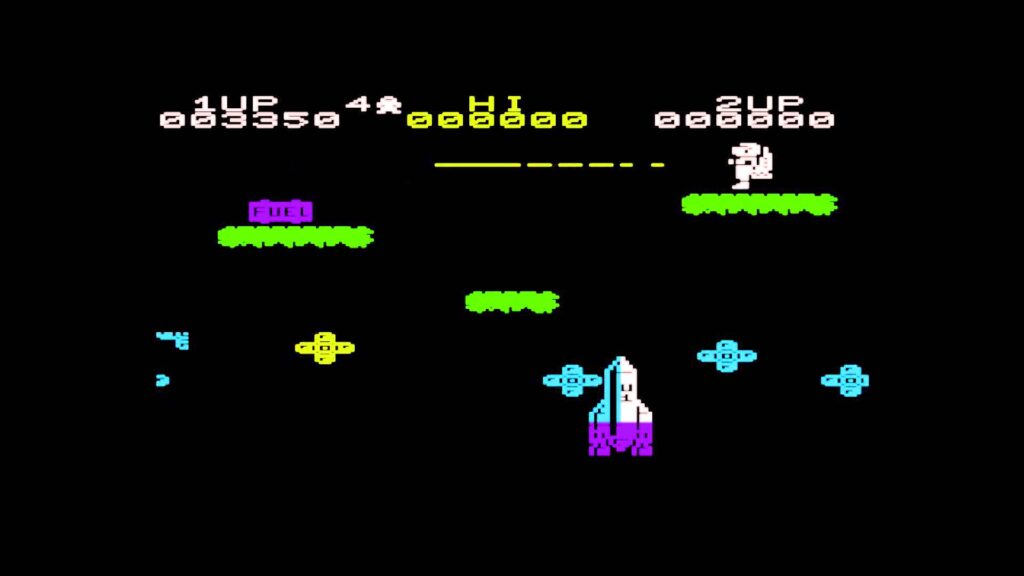
Key Strategies for Reaching 1000 Players
The First 1000 study identified several key strategies consistently employed by successful indie developers.
Building a Strong Online Presence
- Develop a Compelling Website: Your website should clearly showcase your game, its features, and its unique selling points. Include high-quality screenshots, videos, and a clear call to action.
- Engage on Social Media: Choose the platforms where your target audience hangs out. Don’t just broadcast; engage with potential players, share behind-the-scenes content, and build relationships.
- Content Marketing: Create valuable content related to your game. This could include blog posts, dev diaries, tutorials, or even fan art features. This helps establish you as an authority and attracts players interested in your genre.
- Build an Email List: Collect email addresses through your website and social media channels. This gives you a direct line of communication to announce updates, share exclusive content, and build anticipation for your game’s release.
Leveraging Community and Influencers
- Connect with Relevant Communities: Find online communities dedicated to your game’s genre. Participate in discussions, share your game, and build relationships with potential players.
- Reach Out to Influencers: Identify streamers and YouTubers who play similar games. Offer them early access to your game and encourage them to share their experiences with their audience.
- Run Contests and Giveaways: Generate excitement and attract new players by offering prizes and rewards. This can help spread the word about your game and encourage sharing on social media.
- Participate in Game Jams and Festivals: These events provide valuable opportunities to showcase your game, receive feedback, and connect with other developers and potential players.
Prioritizing Playability and Feedback
- Release a Polished Demo: Your demo is often a player’s first impression. Ensure it is bug-free, showcases the core gameplay loop, and leaves players wanting more.
- Actively Seek Feedback: Encourage players to provide feedback through surveys, forums, or social media. Listen to their suggestions and use their input to improve your game.
- Iterate Based on Feedback: Show players that you value their input by implementing changes based on their suggestions. This helps build a strong community and fosters a sense of ownership among your early adopters.
- Early Access Releases: Consider launching your game in early access. This allows you to gather valuable feedback and build a community while continuing to develop and refine the game.
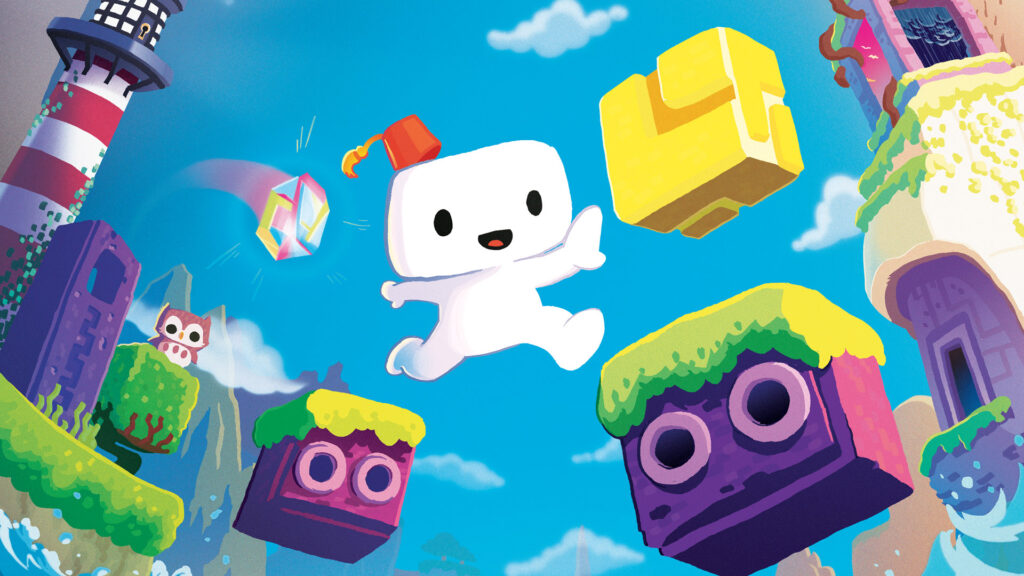
Long-Term Growth Strategies
Reaching your first 1000 players is just the beginning. To sustain growth, you need to continue engaging with your community, refining your game, and exploring new marketing opportunities.
Maintaining Community Engagement
- Regular Communication: Keep players informed about updates, new features, and community events through newsletters, social media posts, and dev blogs.
- Community Events: Organize online and offline events to foster a sense of community among your players. This could include tournaments, Q&A sessions, or even meetups.
- Respond to Feedback: Continue to solicit and respond to player feedback. This shows that you value their opinions and are committed to improving the game.
Expanding Your Reach
- Explore New Platforms: Consider porting your game to other platforms to reach a wider audience. This could include mobile devices, consoles, or other PC storefronts.
- Localization: Translate your game into other languages to reach international audiences.
- Partnerships: Collaborate with other developers or publishers to cross-promote your games and reach new players.
Reaching your first 1000 players is a significant achievement for any indie game developer. By focusing on building a strong online presence, leveraging community and influencers, prioritizing playability and feedback, and implementing long-term growth strategies, you can set your game up for success and build a thriving community around your creation. Remember, the journey doesn’t end at 1000 players; it’s just the beginning.
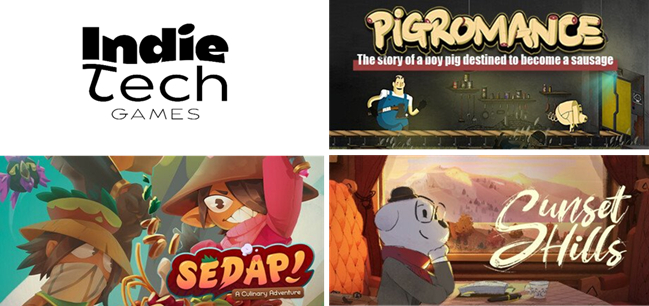
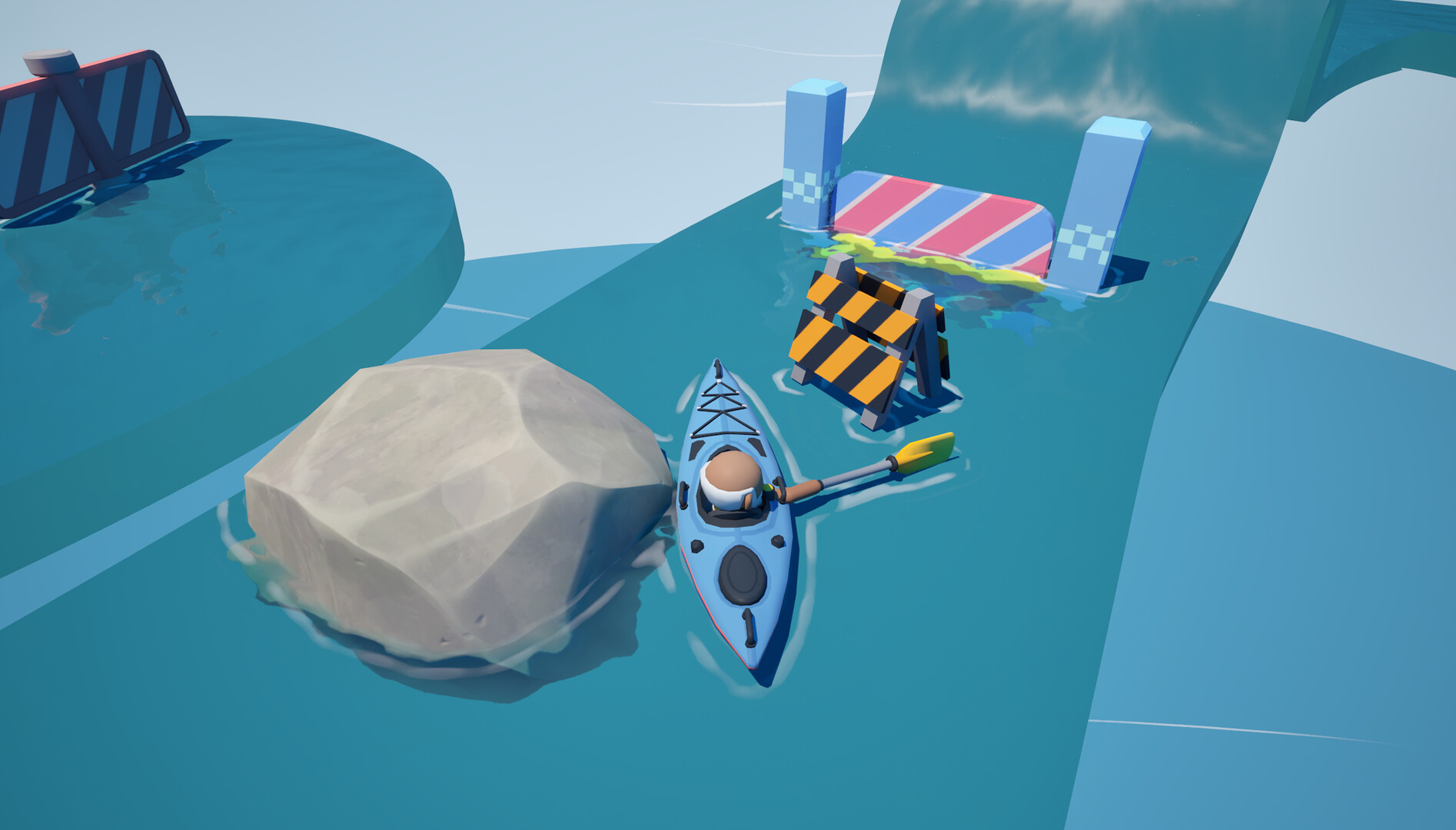
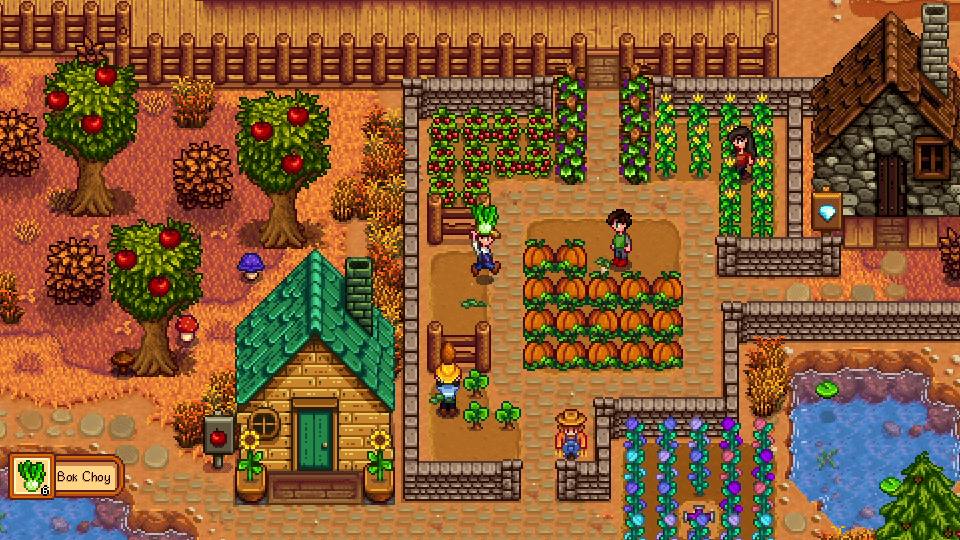

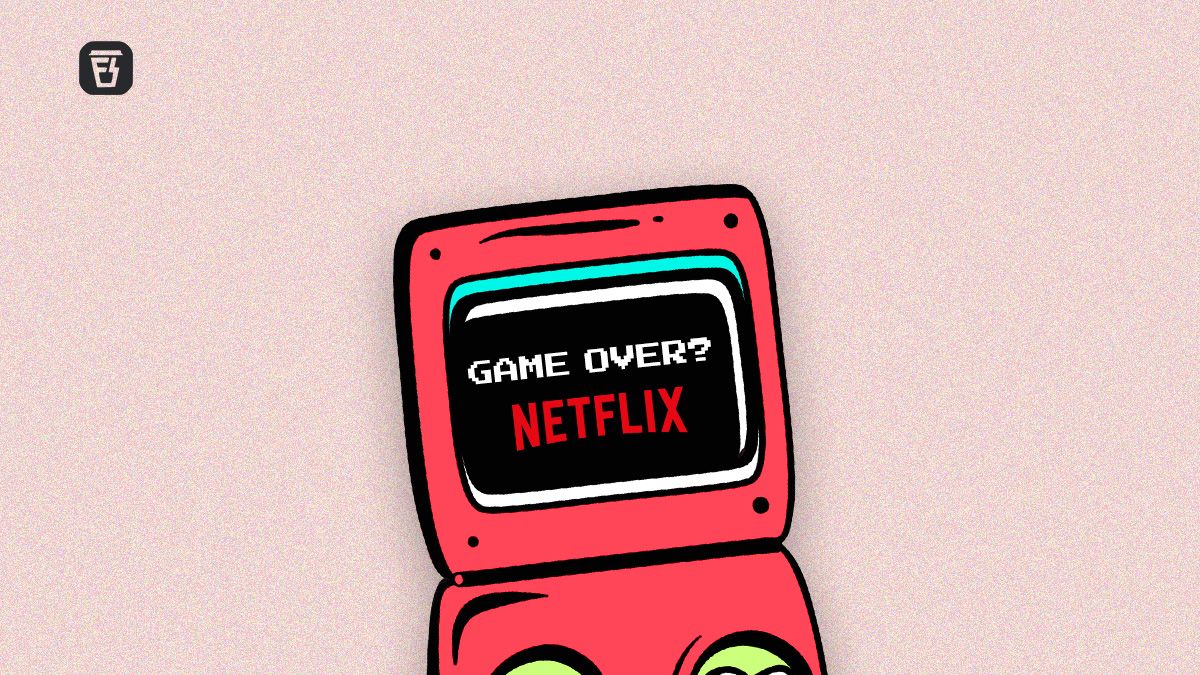
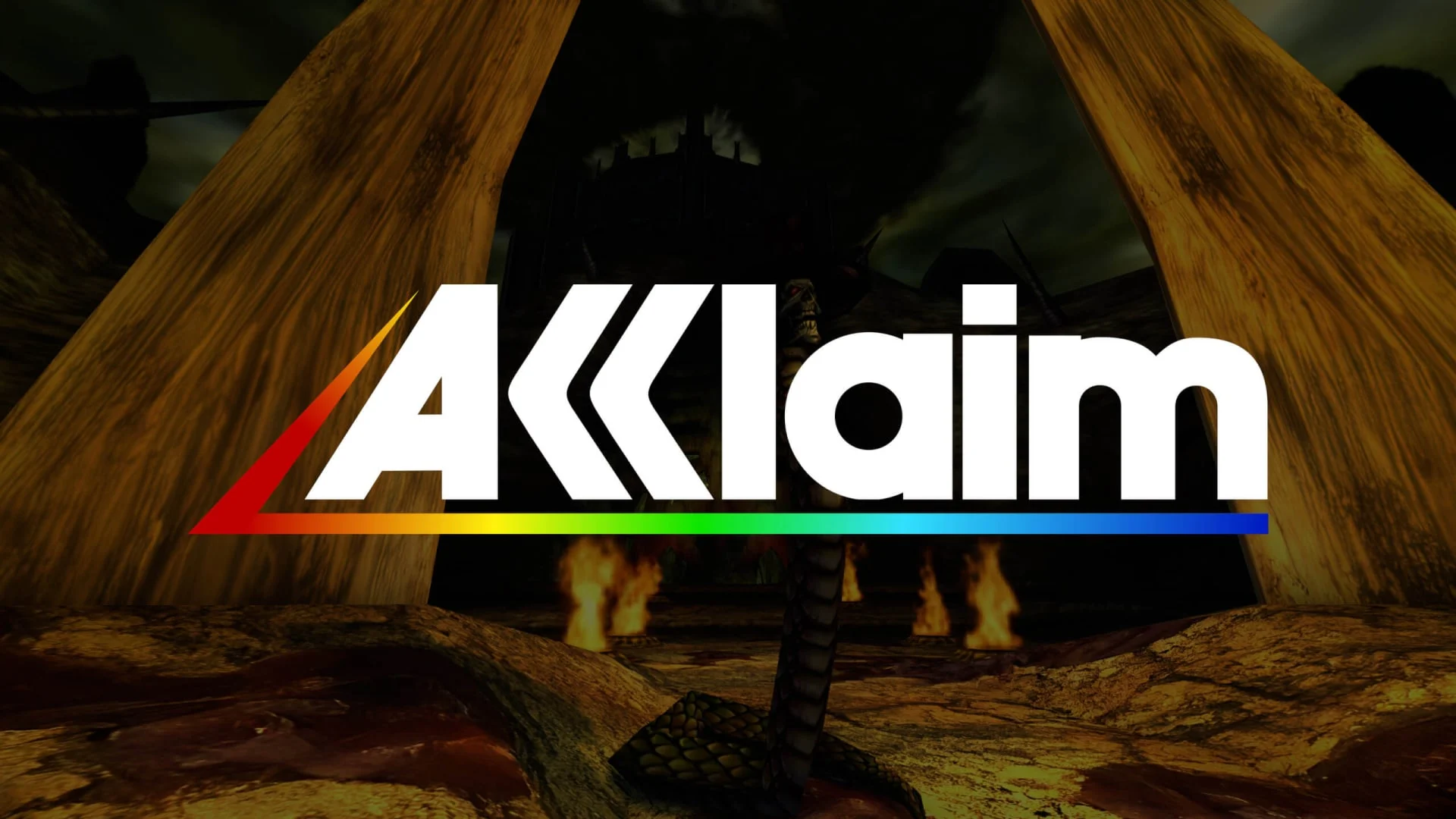
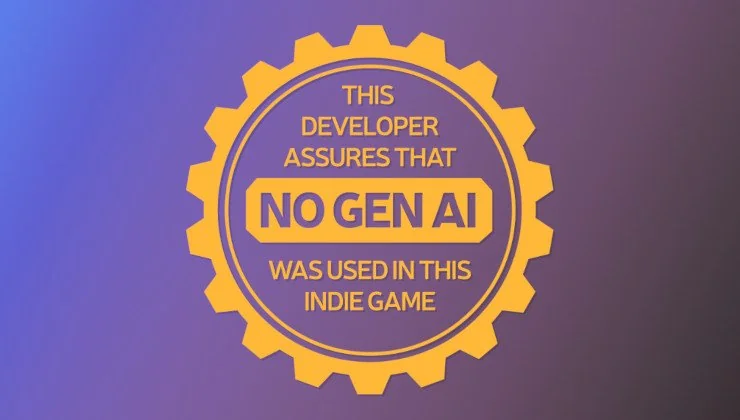
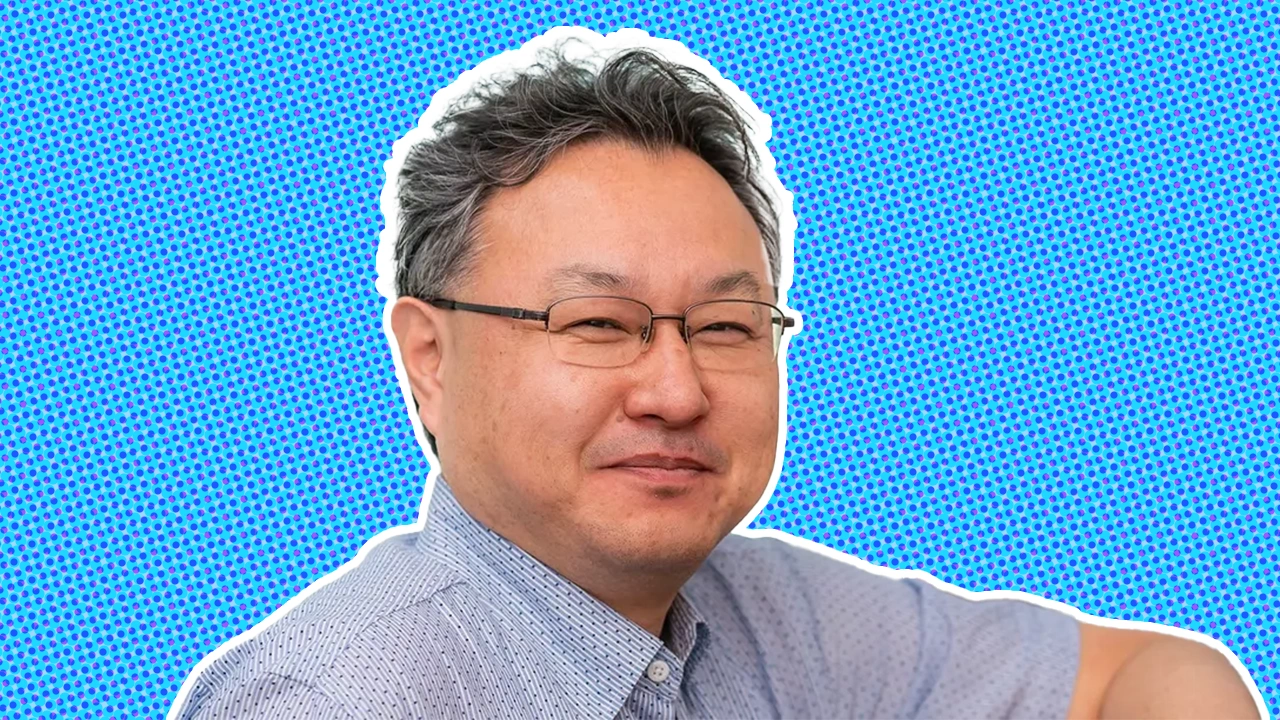
0 Comments